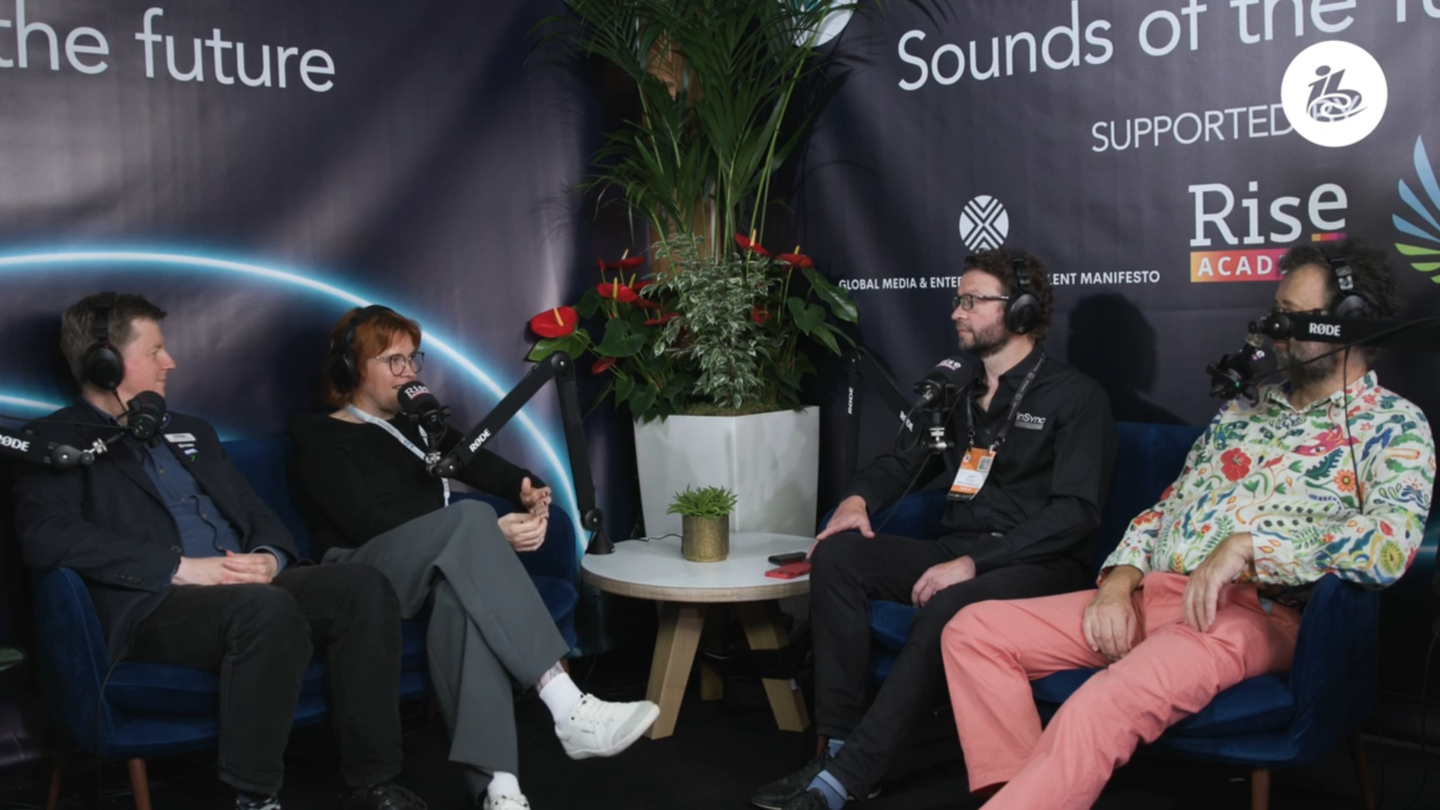The 5G Motion Capture for Performance Art and Animation project is one of the eight Challenges in the cohort for the IBC2023 Accelerator Media Innovation Programme. The project is championed by Vodafone Group, Curing Kids Cancer, Outernet Global, Production Park, University of Strathclyde, Goldsmiths University, and the participants are Singular.live, D&B Solutions, Noitom and AMD.
The specific challenge as stated on the project site is:
This ambitious Challenge will combine two previous Accelerator Award powerhouse winning teams under one umbrella to harness the powers of 5G indoors, this time focusing on two unique, creative workstreams that will both power live, cutting-edge motion capture and low-latency connectivity into creative output, focusing on the performing arts, and 3D animation into children’s hospitals.
The first Performing Arts workstream will use the latest in FPGA (Field Programmable Gate Array) innovations and will aim to demonstrate Ultra Low Latency 5G private networks to support the creation of new, immersive audience experiences for those at a live (or, as-live) performance/venue, and those engaging remotely in another performance/venue...
You are not signed in
Only registered users can read the rest of this article.

Poacher turned gamekeeper: Netflix rules, for now
Netflix raids Hollywood to land a giant of old media, but having offered billions over the odds for ageing IP, would a smarter play have involved the creator economy?

Truth in the age of deepfakes: Building trust in the human-machine era
As deepfakes become prevalent throughout the media industry, experts at the BBC, Guardian, and ITN wrestle with the implications of today’s unprecedented levels of disinformation and distrust.

Rory Peck Awards: Truth has never needed its defenders more
This year’s Rory Peck Awards was an affirmation that press freedom is in severe danger, that it has become a vicious fight to sustain that facts matter. George Jarrett reports.

Camerimage: “The time to be afraid of AI was two years ago”
The festival of cinematography remains political with the rise of AI and gender equality bubbling beneath the surface.
.jpg)
Content Everywhere: Disruptive forces in 2025, from AI to ROI and SGAI
Looking back over 2025 to date, it’s clear that AI continues to widen its role in the Content Everywhere ecosystem, and many companies are becoming more discerning about how and where the technology should be applied to streaming and video technology. Clearly, there is still much more to come, and much more to learn, but what have recent developments taught the industry to date?




